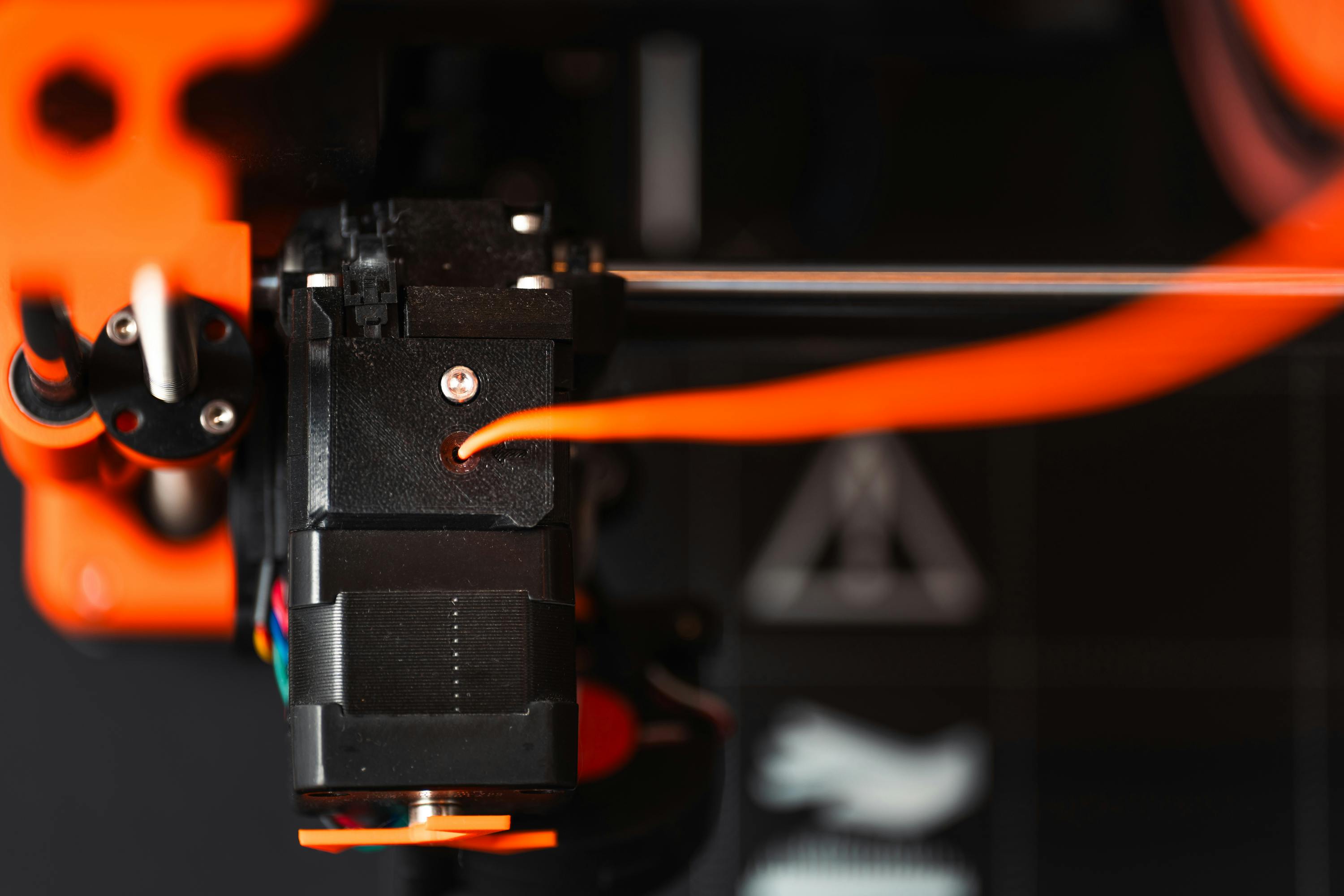Table of Contents
Robotic Process Automation (RPA) has emerged as a transformative technology for automating repetitive and rule-based tasks across various industries. By leveraging software robots or &8220;bots,&8221; organizations can streamline processes, improve efficiency, and reduce operational costs. Recent advances in RPA are enhancing its capabilities and expanding its applications. Here’s an overview of the key advancements in RPA and their implications for businesses.

1. Integration with Artificial Intelligence (AI)
One of the most significant advancements in RPA is its integration with Artificial Intelligence (AI) and machine learning. Traditionally, RPA bots were limited to performing straightforward, repetitive tasks based on predefined rules. However, by incorporating AI, RPA systems can now handle more complex processes that involve unstructured data and require decision-making.
AI-enhanced RPA can process natural language, interpret documents, and even make data-driven decisions. For example, AI-powered bots can analyze customer feedback, categorize it, and respond accordingly, providing more sophisticated interactions compared to rule-based automation.
2. Cognitive Automation
Cognitive automation extends RPA capabilities by mimicking human cognitive functions. This includes understanding and interpreting natural language, recognizing patterns, and making judgments based on context. Cognitive automation enables bots to handle tasks that require a higher level of cognitive processing, such as analyzing large volumes of data, performing sentiment analysis, and engaging in dynamic problem-solving.
With cognitive automation, RPA can support more complex business processes, such as claims processing in insurance or fraud detection in finance, where understanding context and nuances is crucial.
3. Enhanced Integration with Enterprise Systems
Advances in RPA have improved its ability to integrate seamlessly with various enterprise systems and applications. Modern RPA platforms offer enhanced connectors and APIs that facilitate smoother interaction with legacy systems, cloud services, and other software tools.
This improved integration capability allows RPA bots to operate across different platforms, aggregate data from multiple sources, and streamline workflows. For instance, bots can now automate data entry tasks that span multiple systems, reducing the need for manual intervention and minimizing errors.

4. Low-Code and No-Code Development
The rise of low-code and no-code development platforms has made it easier for organizations to deploy and manage RPA solutions without requiring extensive programming knowledge. These platforms provide visual interfaces and drag-and-drop features, allowing users to create and customize automation workflows with minimal coding.
Low-code and no-code RPA tools empower business users and process experts to design and implement automation solutions quickly. This democratization of RPA development accelerates the adoption of automation across different departments and reduces the reliance on IT teams.
5. Process Mining and Analytics
Process mining and analytics are becoming integral components of RPA platforms, providing valuable insights into business processes. Process mining involves analyzing event logs and workflow data to identify inefficiencies, bottlenecks, and opportunities for automation.
By integrating process mining tools with RPA, organizations can gain a deeper understanding of their operations, optimize workflows, and prioritize automation efforts based on data-driven insights. This approach helps in identifying the most impactful processes to automate and improving the overall efficiency of RPA implementations.
6. Robust Security and Compliance Features
As RPA becomes more prevalent, ensuring robust security and compliance is crucial. Recent advancements in RPA have introduced enhanced security features, such as role-based access controls, encryption, and secure authentication mechanisms.
Compliance features are also being strengthened, with RPA platforms offering capabilities to maintain audit trails, ensure data privacy, and adhere to regulatory requirements. These advancements help organizations mitigate risks and ensure that automated processes comply with industry standards and regulations.
7. Scalability and Cloud-Based RPA
Scalability is a key consideration for organizations looking to expand their RPA initiatives. Advances in cloud-based RPA solutions offer scalable infrastructure that can accommodate growing automation needs without requiring significant upfront investments in hardware or software.
Cloud-based RPA platforms provide flexibility in deploying and managing automation solutions, allowing organizations to scale their RPA efforts based on demand. This approach also facilitates easier updates and maintenance, as well as the ability to leverage cloud-based analytics and integration tools.

Conclusion
Advances in Robotic Process Automation (RPA) are driving significant improvements in how organizations automate and optimize their processes. Integration with AI and cognitive automation, enhanced system integration, low-code and no-code development, process mining, and robust security features are reshaping the landscape of RPA. As these advancements continue to evolve, RPA will play an increasingly central role in driving efficiency, innovation, and digital transformation across industries. Organizations that embrace these advancements will be better positioned to leverage automation for strategic advantages and operational excellence.